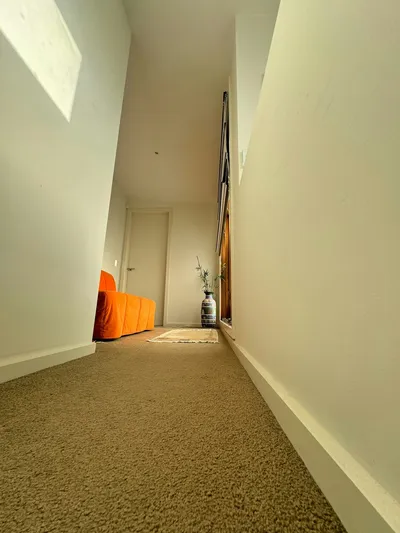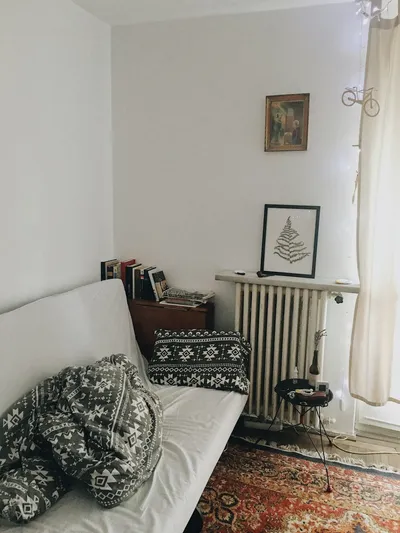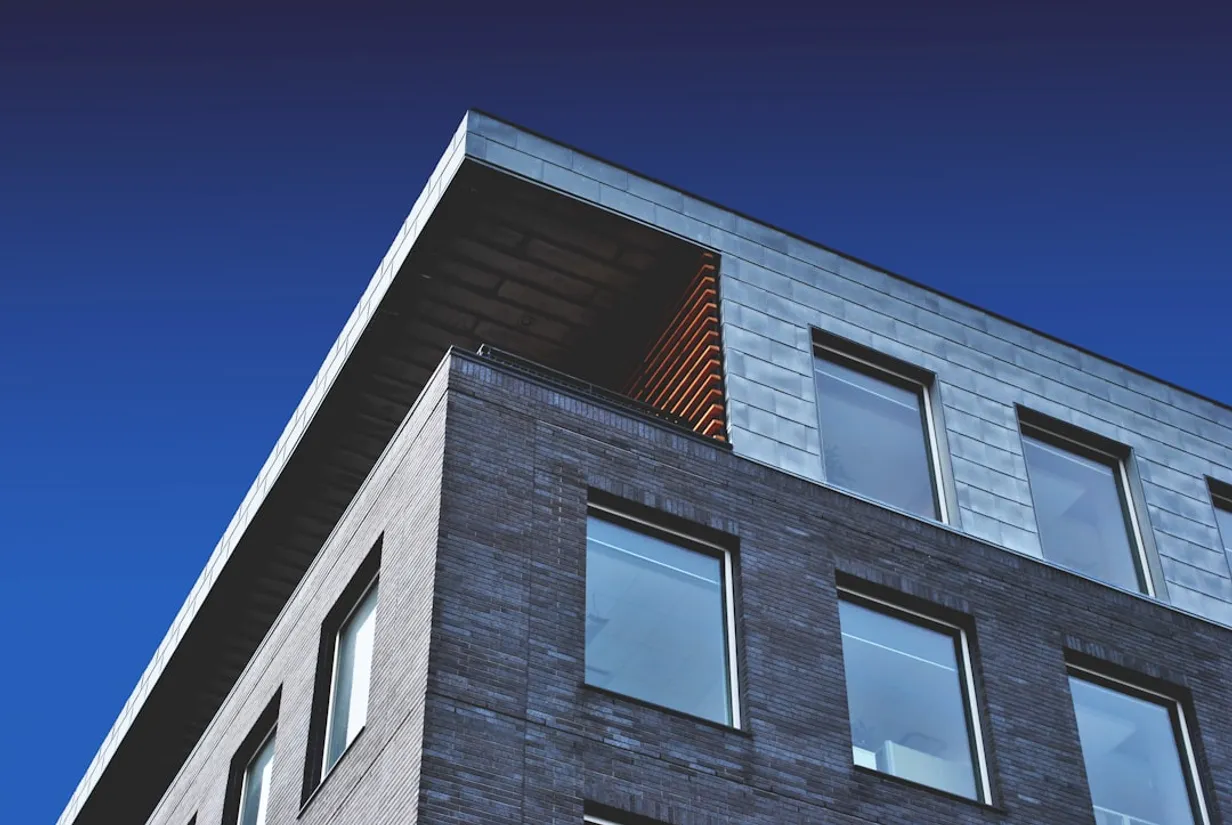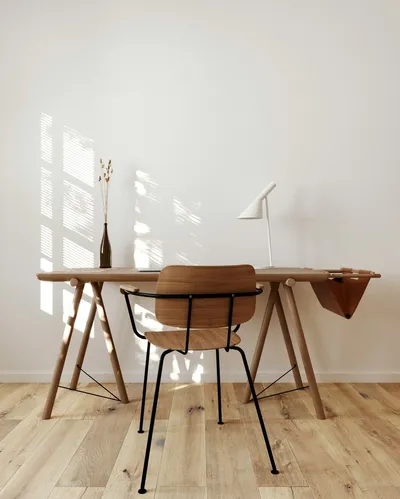Introduction to Eco-Friendly Minimalism
The possibility of crafting a serene, beautiful space while prioritizing ecological responsibility is increasingly appealing. Minimalist design, known for its sleek lines and purposeful simplicity, harmonizes perfectly with eco-friendly living by encouraging the thoughtful use of space and resources.
Sourcing Sustainable Materials
When designing an eco-friendly home, sourcing sustainable materials is crucial. Bamboo, for instance, is a rapid-growing resource that features beauty and durability, making it perfect for flooring or furniture. Similarly, recycled metals and reclaimed wood add character and longevity to your spaces, ensuring a minimal environmental footprint.
Incorporate Natural Textiles
Opting for natural textiles like organic cotton, wool, or linen for your upholstery and soft furnishings can significantly reduce the chemical load in your home. These materials are not only biodegradable but also contribute to a toxin-free living environment.
Energy Efficiency as a Design Principle
Incorporating energy efficiency into your design represents a core aspect of eco-friendly living. Consider installing LED lighting, which not only lasts longer but consumes merely a fraction of the energy compared to traditional bulbs. Including large windows and positioning them to maximize natural light will significantly reduce your need for artificial lighting.
Effective Insulation
A well-insulated space minimizes the need for extensive heating and cooling. Materials like sheep's wool or recycled denim offer effective insulation options that enhance thermal efficiency without compromising on sustainability.
Principles of Waste Reduction
Adopting minimalist design essentially implies a stance against unnecessary consumption. By being mindful of our purchases, we can significantly curb waste, fostering a minimalist, eco-friendly lifestyle. Disposal of items should follow an ethos of recycling or repurposing rather than discarding.
Reduce, Reuse, and Upcycle
Upcycled decor pieces carry unique stories and lessen the demand for new merchandise. Transforming old furniture with a fresh coat of eco-friendly paint or creating new decor from salvaged materials not only embellishes your space but also keeps items out of landfills.
Conclusion: A Thoughtful Collaboration
Eco-friendly living and minimalist design are inherently intertwined—one encourages the reduction of excess, while the other supports the conservation of the Earth's resources. By consciously choosing sustainable materials, prioritizing energy efficiency, and embracing waste reduction, it is possible to create a tranquil, purposeful home that benefits both the inhabitant and the planet.
Like our design see our other topics
We have helped find related design topics for you to help your searches at Plain Jane designers

Eco-Friendly Flooring Options for Your Minimalist Home

Personalizing Your Workspace with Minimalist Art


